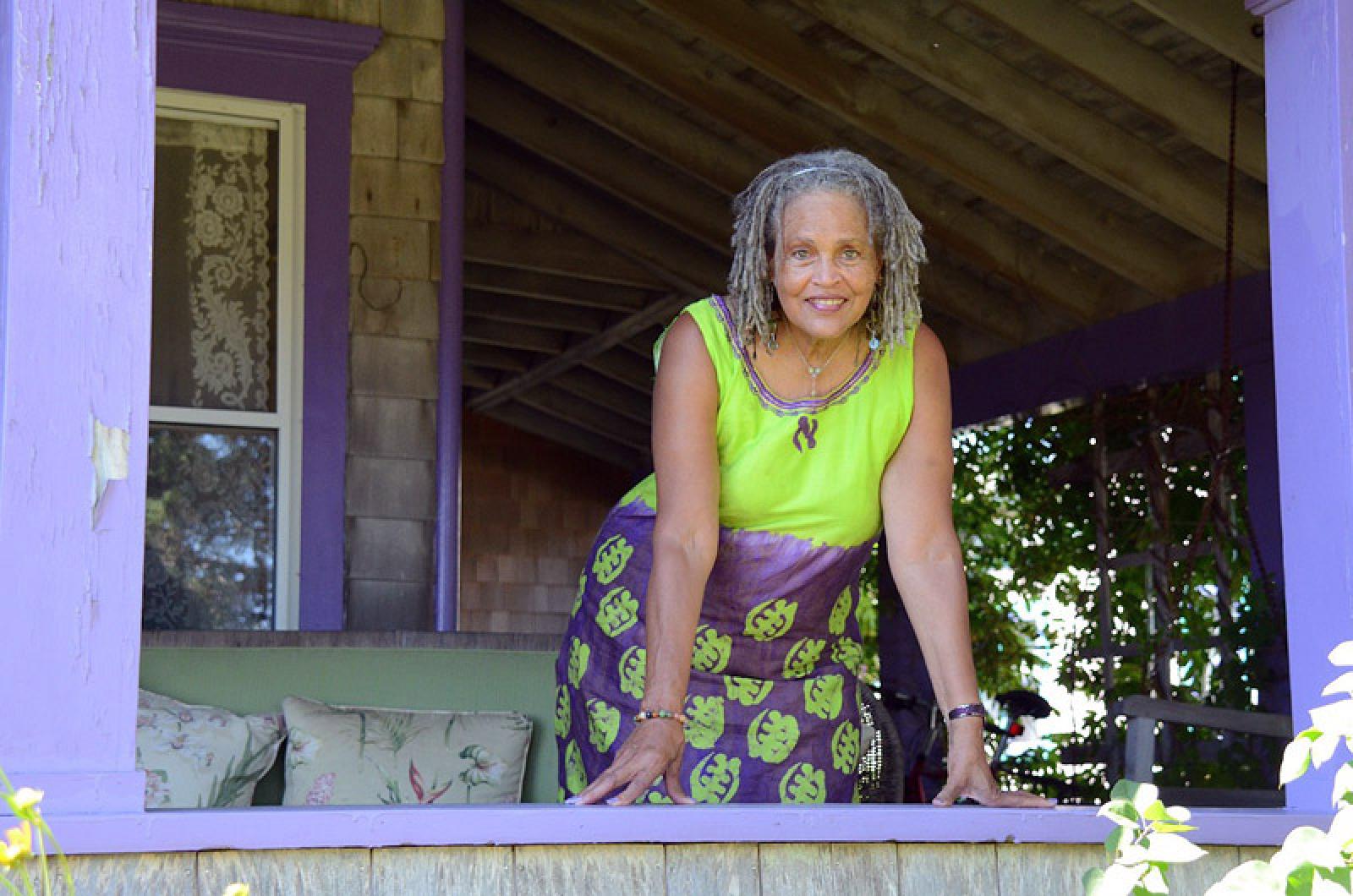Sometimes I have to abandon my journalistic training and resort to cliches — such as what goes around, comes around. From a recent memorial service in the nation’s troubled capital to a museum in Siena, Italy, there were messages that spoke to the cliche.
At the memorial service for Roger Wilkins, he was remembered for being a part of the prize-winning team at the Washington Post that covered the abuses of power by members of the Nixon administration, coverage that led to articles of impeachment and the resignation of Nixon. Now decades later, there is talk of impeachment again, much of it arising from dogged reporting by The Washington Post (and of course my alma mater, The New York Times).
Roger was also remembered by Cecelia Counts for his support of her and those in the Free South Africa Movement who demonstrated in front of the South African Embassy in Washington, D.C., to end apartheid in South Africa , where the black majority were victims of an oppressive white regime. Roger also eventually played an important role in Nelson Mandela’s leadership of the new, non racial South Africa.
Now, decades later, South Africa’s black president is under increasing pressure from his own people due to mounting accusations of corruption and failure to address the ongoing needs of the black majority, freed from apartheid but still not free from poverty.
During the memorial service, former colleague and longtime friend Robert Borosage had this to say about Roger:
“Few have provided greater insight into how racism has scarred this nation. Few have wrestled so fiercely with the contradiction between the nation’s ideals and its flawed reality. Few have struggled directly with that contradiction at the highest levels of government, philanthropy and journalism.”
A contradiction, hiding in plain sight until now, and coming around again.
My husband, Ron worked with Roger at the Justice Department, where Roger was the first black Deputy Attorney General. Ron remembered his stewardship of a case involving the police in a D.C. shooting of an unarmed black man 32 times. The case ended with an acquittal, citing justifiable homicide. Not long after that, a deranged black man shot and killed a policeman and black activist Stokely Carmichael, in a pre Black Lives Matter moment, called it “justifiable homicide.” That was all in 1969 — and here we are faced with far too many of the same kind of scenarios.
Moreover, even as I recalled Roger joining a lawsuit against the New York Times for discrimination against its black employees back in the 1970s, the Times is once again in the news due to a discrimination suit filed by its black employees.
And now other media organizations seem to have forgotten the blame the Kerner commission placed on mainstream media in 1968, following the explosions that lit up inner cities around the country. To wit: The riots came as a surprise because there was no one in the newsrooms of America from those communities who could have written about the simmering rage there due to lack of attention to their basic needs. Media organizations like the Times responded for awhile, but now there is the rapidly changing, constricting media landscape and African American journalists are being forced to get their hats, with almost no one seeming to remember the much-heralded truisms of the almost 50-year-old Kerner commission report. Still another case of coming around again.
Also, not long after Roger’s memorial, a few days later and thousands of miles away, in Florence, Italy, I turned on the television to see the despicable carnage in Manchester, England and to hear commentators decry not only terrorist attacks against innocent victims in general, but something indescribably worse given that the targets were deliberately children. Shortly thereafter, as I walked through Siena’s breathtaking art museum, so rich in ancient history and its legends and realities, I was stopped by a vivid painting portraying in Bethlehem the murder of all babies two years old and under, ordered by King Herod, who was said to have been angered over the escape of baby Jesus and obsessed by any threat to destroy him and his kingdom.
Soon after I arrived back home in Oak Bluffs, another attack in London — this one, as my friend and now Vineyard summer regular, the screenwriter Misan Sagay wrote me from her winter home in London, “again targeting children.” And of course others followed, most recently Paris.
One chilling moment after another — and alas, all coming around again.
Charlayne Hunter-Gault is currently working as a special correspondent for the PBS NewsHour doing an ongoing series called Race Matters: Solutions to Racism. She has a home in Oak Bluffs.




Comments (8)
Comments
Comment policy »